
Mitsubishi Outlander Estate engines, drive and performance
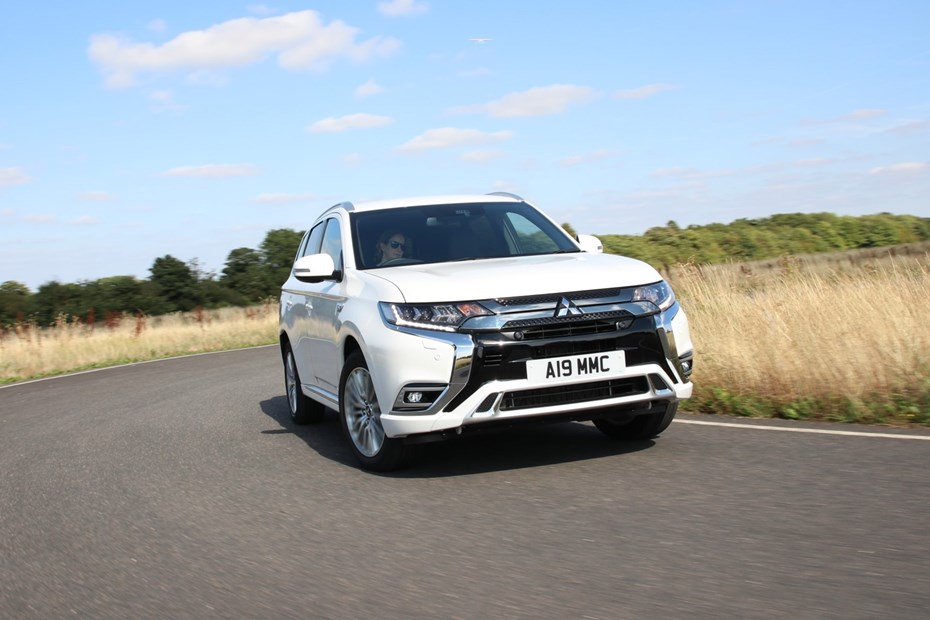
- Petrol or plug-in models available
- Efficient hybrid powertrain by far the best choice
- Previously available diesel was competent
The Outlander PHEV is available with a choice of two engines. The most popular, and by far the best, is the petrol plug-in hybrid – badged as the Outlander PHEV.
Plug-in hybrid a good choice
This powertrain has undergone a few revisions in its time in the Outlander. In its latest iteration, it pairs a 2.4-litre, four-cylinder petrol engine with electric motors and a battery pack. If you’re thinking that an engine that large will provide impressive performance, don’t get your hopes up too much – it’s tuned for efficiency, not speed.
In fact, most of the time the engine doesn’t drive the wheels at all, instead acting as a generator for the batteries and electric motor. This is no bad thing, as it gives the Outlander PHEV the driving characteristics of an electric vehicle at low speeds – namely, incredibly smooth and quiet power delivery combined with a fair amount of off-the-line pace.
Put your foot down and the two power sources will combine their might to make for a 0-62mph time of 10.5 seconds – not quick, but not uncomfortably slow either. The petrol engine does have a tendency to send its revs spiralling upwards if you ask it for too much, though, leading to noisy and unrefined progress. A gentle right foot is the best way to enjoy the Outlander PHEV – it’s also the best way to ensure maximum efficiency.
Compared with the more modern Honda CR-V Hybrid or Toyota RAV4 Hybrid, the Outlander PHEV feels less polished and definitely slower. It is, however, the only one of these three that can be plugged in to allow it to be run like a pure electric vehicle on short journeys. Buyers will have to wait for the upcoming Toyota RAV4 Plug-in before a rival with similar capabilities is offered – or opt for something smaller, such as the Kia Niro plug-in hybrid.
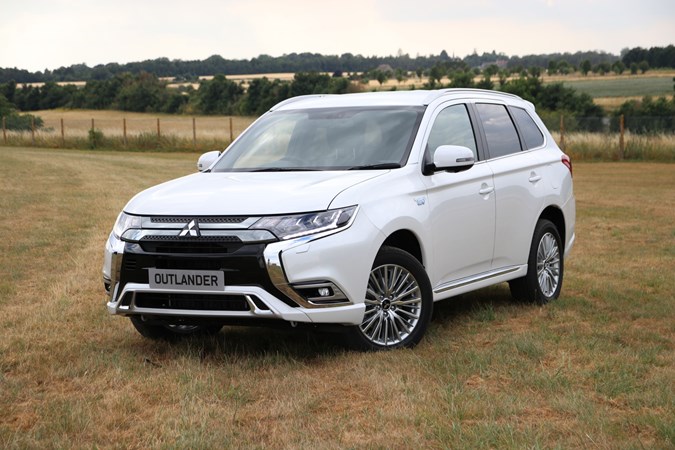
Petrol engine best avoided
It’s rare that Parkers gives an outright condemnation not to buy something, but in this case we really cannot recommend the Mitsubishi Outlander petrol to anybody.
Offered as a pure combustion option to those who maybe don’t want to go for a hybrid just yet, it also has the twin benefits of seven seats (the hybrid’s battery pack takes up too much room for the PHEV to offer a third row) and a cheaper price tag. It also has four-wheel drive, which is becoming more of a rarity among SUVs.
None of these outweigh its downsides though, namely a highly unpleasant driving experience. The petrol engine offers only 150hp, but unlike a similarly-sized diesel a dearth of torque means it always feels as though it’s struggling to shift the Outlander’s bulk.
You’ll need to be heavy-footed with the throttle to keep up with traffic, even if you’re travelling solo. We can’t imagine just how slow and nasty the car would be fully laden with seven passengers and their luggage – or worse, making use of the Outlander’s 1,600kg towing capacity. 0-62mph takes an agonising 13.3 seconds.
None of this is aided by the standard continuously variable transmission, a type of automatic gearbox. The merest breath of throttle will have the engine revs spinning up – it’s far worse than even the PHEV, and ruins any semblance of refinement.
The Mitsubishi Outlander, when fitted with the PHEV drivetrain, is a good car, and well worth considering if you’re in the market for a large, comfortable, hybrid SUV. The Mitsubishi Outlander petrol is, unfortunately, dreadful, and we recommend you avoid it.
Handling
The Outlander is tuned for comfort rather than handling, but suspension tweaks in the 2018 facelift certainly improved matters on the latter front. It’s still not the equal of rivals such as the Honda CR-V but buyers are unlikely to complain about the way the Outlander heads down the road.
Of course, there is quite a lot of body lean if you drive it enthusiastically through corners, but you have got to remember that this is a large car.
When driven in a less aggressive fashion the Outlander is more than comfortable on long motorway journeys. The only real downside is that there is not enough feedback through the steering wheel – but this is a comfy cruiser and not a performance model.

The Outlander has shed about 100kg of weight, which helps it to turn in and corner much better than its predecessor.
It also has a Multi-Select four-wheel drive system. This should help keep the Outlander in control whether the road surface is wet or dry, as it helps improve stability and traction. Fuel usage and emissions are also reduced by this system, thanks to the four-wheel drive being disengaged automatically when not needed. It’s an intelligent system that is worthwhile, both from the point of safety and improving fuel economy.
A Sport button alters the 4WD system for improved response in the corners, but we suspect this will gather dust for the most part.


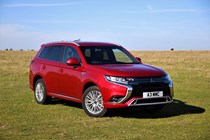
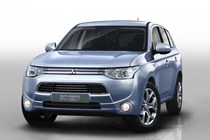
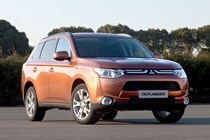
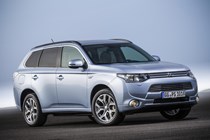

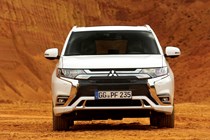
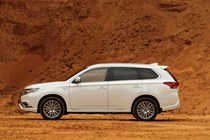
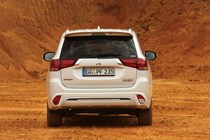
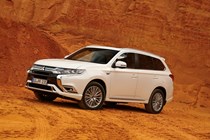
.jpg)
.jpg)
.jpg)
.jpg)
.jpg)
.jpg)
.jpg)
.jpg)
.jpg)
.jpg)
.jpg)
.jpg)
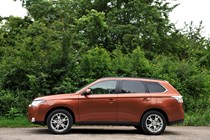
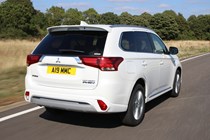
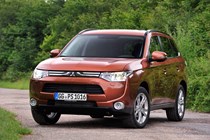
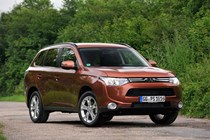
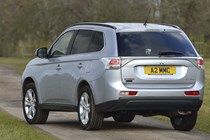
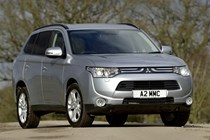

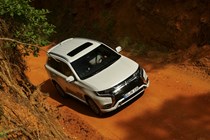

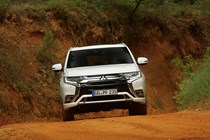
.jpg)
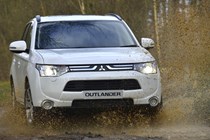
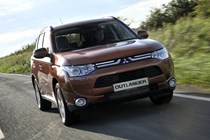
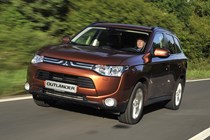
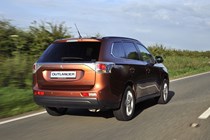
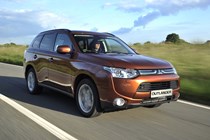
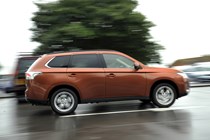
.jpg)
.jpg)
.jpg)
.jpg)
.jpg)
.jpg)
.jpg)
.jpg)
.jpg)
.jpg)
.jpg)
.jpg)
.jpg)
.jpg)
.jpg)
.jpg)
.jpg)
.jpg)
.jpg)
.jpg)
.jpg)
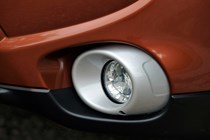
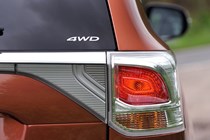
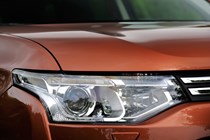
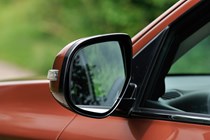
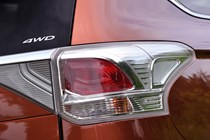
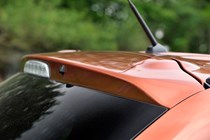
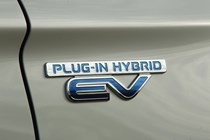
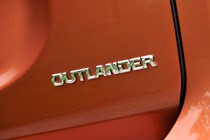
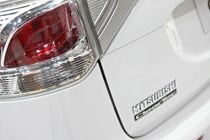
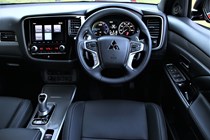
.jpg)
.jpg)
.jpg)
.jpg)
.jpg)
.jpg)
.jpg)
.jpg)
.jpg)
.jpg)
.jpg)
.jpg)
.jpg)
.jpg)
.jpg)
.jpg)
.jpg)
.jpg)
.jpg)
.jpg)
.jpg)
.jpg)
.jpg)
.jpg)
.jpg)
.jpg)
.jpg)
.jpg)
.jpg)
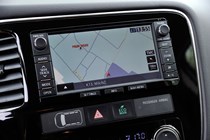
.jpg)
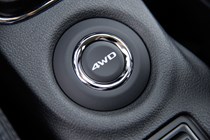
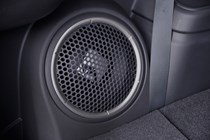
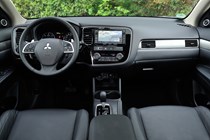
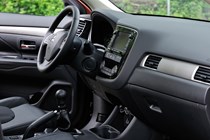
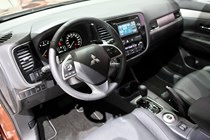
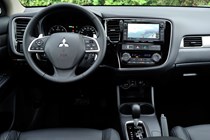
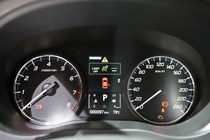
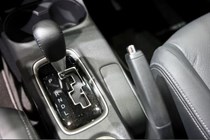
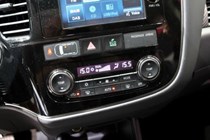
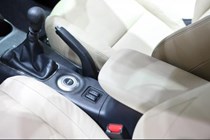
.jpg)
.jpg)
.jpg)
.jpg)
.jpg)
.jpg)
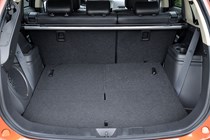
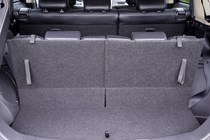
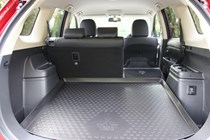
.jpg)
.jpg)
.jpg)
.jpg)
.jpg)
.jpg)
.jpg)
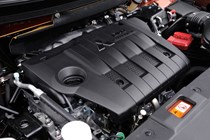
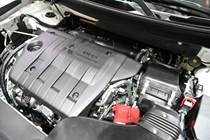









.jpg?quality=50)
.jpg?quality=50)
.jpg?quality=50)
.jpg?quality=50)
.jpg?quality=50)
.jpg?quality=50)
.jpg?quality=50)
.jpg?quality=50)
.jpg?quality=50)
.jpg?quality=50)
.jpg?quality=50)
.jpg?quality=50)










.jpg?quality=50)






.jpg?quality=50)
.jpg?quality=50)
.jpg?quality=50)
.jpg?quality=50)
.jpg?quality=50)
.jpg?quality=50)
.jpg?quality=50)
.jpg?quality=50)
.jpg?quality=50)
.jpg?quality=50)
.jpg?quality=50)
.jpg?quality=50)
.jpg?quality=50)
.jpg?quality=50)
.jpg?quality=50)
.jpg?quality=50)
.jpg?quality=50)
.jpg?quality=50)
.jpg?quality=50)
.jpg?quality=50)
.jpg?quality=50)










.jpg?quality=50)
.jpg?quality=50)
.jpg?quality=50)
.jpg?quality=50)
.jpg?quality=50)
.jpg?quality=50)
.jpg?quality=50)
.jpg?quality=50)
.jpg?quality=50)
.jpg?quality=50)
.jpg?quality=50)
.jpg?quality=50)
.jpg?quality=50)
.jpg?quality=50)
.jpg?quality=50)
.jpg?quality=50)
.jpg?quality=50)
.jpg?quality=50)
.jpg?quality=50)
.jpg?quality=50)
.jpg?quality=50)
.jpg?quality=50)
.jpg?quality=50)
.jpg?quality=50)
.jpg?quality=50)
.jpg?quality=50)
.jpg?quality=50)
.jpg?quality=50)
.jpg?quality=50)

.jpg?quality=50)










.jpg?quality=50)
.jpg?quality=50)
.jpg?quality=50)
.jpg?quality=50)
.jpg?quality=50)
.jpg?quality=50)



.jpg?quality=50)
.jpg?quality=50)
.jpg?quality=50)
.jpg?quality=50)
.jpg?quality=50)
.jpg?quality=50)
.jpg?quality=50)

